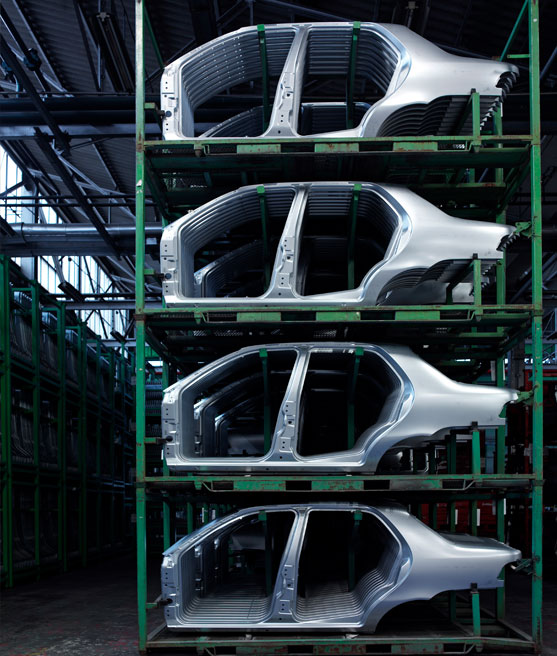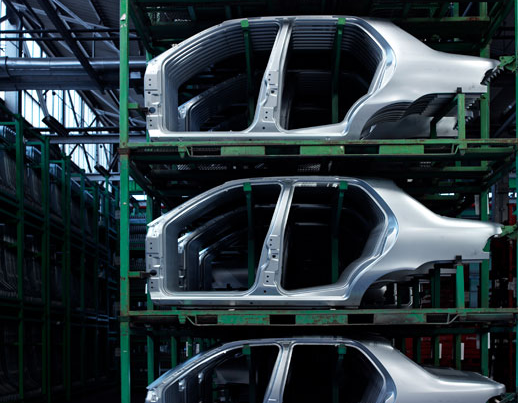Quality, reliability, performance, and cost have competing needs in manufacturing, but are all critical in the automotive industry. At the same time, customer demands have to be met and laws and regulations complied with.
To meet all of these goals, companies in the automotive industry have to take advantage of innovative technologies throughout their manufacturing and distribution processes. This is especially true as the industry is shaken up in the move to EVs.
PeakLogix is a brand agnostic material handling systems integrator specializing in innovative, bespoke automated solutions that increase consistency and efficiency throughout the manufacturing and distribution processes. We deliver customized solutions tailored to our partner’s needs that address issues ranging from ergonomics and employee safety to fully automated warehousing.



